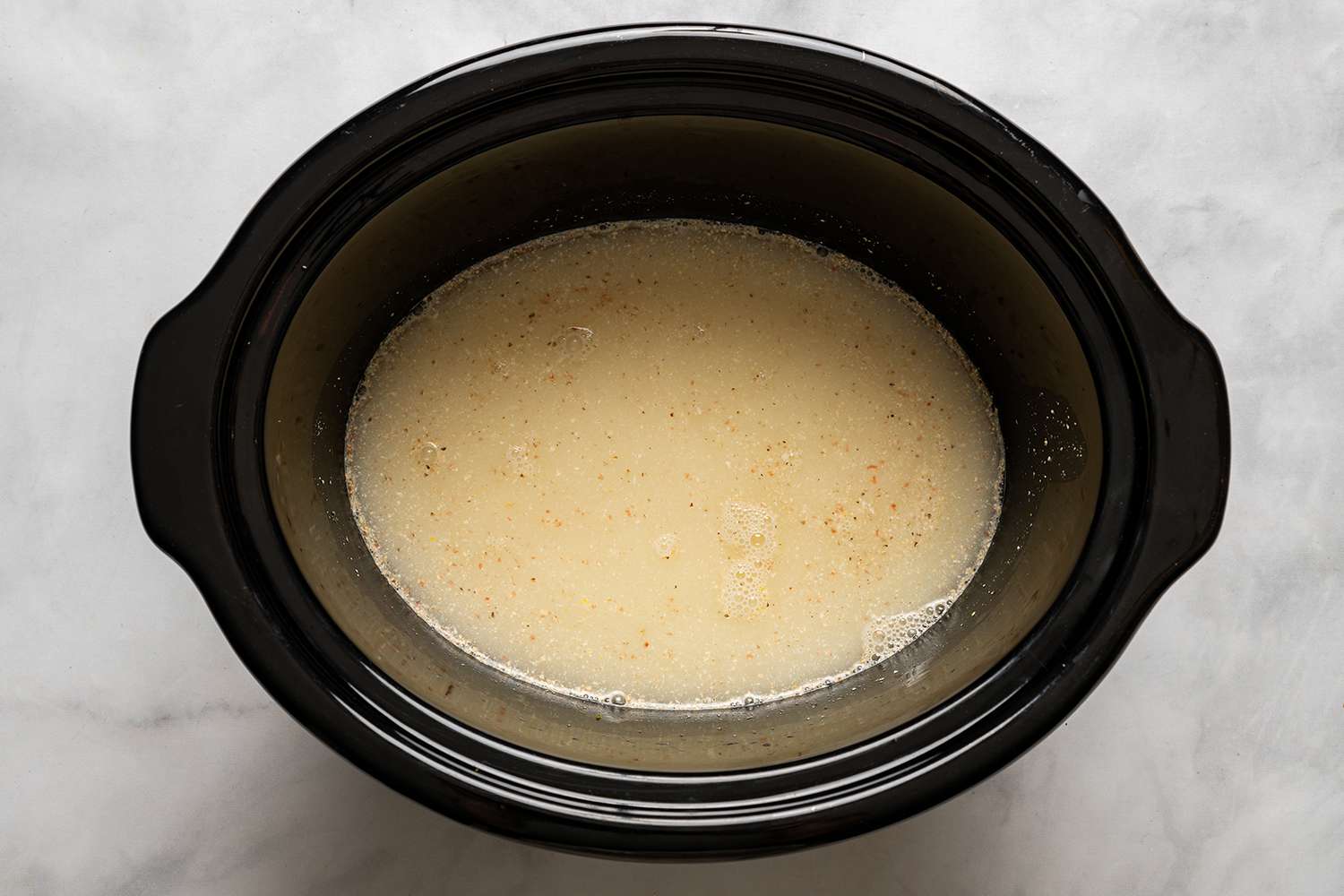Mastering Grits on the Stove: A Step-by-Step Guide
I. Introduction
A. The comfort and versatility of grits as a popular Southern dish
Grits are a beloved Southern dish that offers comfort and versatility in every bite. Whether served as a creamy breakfast side dish or as a savory dinner entree, grits have become a staple in Southern cuisine. This comprehensive guide aims to provide step-by-step instructions on how to cook grits on the stove, ensuring a delicious and satisfying meal each time.
:max_bytes(150000):strip_icc()/how-to-cook-stone-ground-grits-4134326-Step-01-fd9586d4f15d40b88c08d2a965ea2756.jpg)
II. Understanding Grits
A. Brief explanation of what grits are and their different varieties
Grits are a type of cornmeal that is ground into a coarse texture. They are made from dried, ground corn kernels and can vary in color depending on the variety of corn used. There are different varieties of grits available, such as white, yellow, and blue, each with its own unique flavor profile and texture.
B. Differentiating between stone-ground and instant grits
Stone-ground grits are made by grinding whole dried corn kernels between large stones, resulting in a coarser texture and a more pronounced corn flavor. These grits often require a longer cooking time but yield a rich and hearty dish. On the other hand, instant grits are pre-cooked and dehydrated, allowing for a quick and convenient preparation. However, they may lack the depth of flavor and texture that stone-ground grits provide.
III. Preparation
A. Gathering necessary ingredients and equipment
Before starting to cook grits on the stove, it is essential to gather all the necessary ingredients and equipment. Here’s a list of what you’ll need:
- Grits (stone-ground or instant): Choose the variety that suits your preference and availability.
- Water or broth: The liquid used for cooking the grits. Broth can add additional flavor.
- Salt and butter (optional for seasoning): These ingredients enhance the taste of the grits but can be adjusted to personal preference.
- Saucepan or pot with a lid: This will be used for cooking the grits.
- Whisk or spoon for stirring: Essential for ensuring a smooth and evenly cooked consistency.
B. Measuring and rinsing grits
- Determining the desired serving size: Start by determining the number of servings you want to prepare. A general guideline is 1/4 to 1/2 cup of grits per serving, depending on how hearty of a dish you want.
- Rinsing the grits to remove any impurities: Place the desired amount of grits in a fine-mesh sieve or strainer and rinse them under cold water. This step helps remove any debris or impurities present in the grits.
IV. Cooking Grits on the Stove
A. Ratio of liquid to grits
To achieve the desired consistency of grits, it is important to determine the appropriate ratio of liquid to grits. This will depend on whether you prefer creamy or thicker grits.
B. Boiling the liquid
In a saucepan or pot, bring water or broth to a boil over medium-high heat. The liquid will serve as the base for cooking the grits and infusing them with flavor.
C. Adding the grits
Gradually add the rinsed grits to the boiling liquid while stirring continuously. This helps prevent clumping and ensures even distribution of the grits in the liquid.
D. Simmering and stirring
Reduce the heat to low and allow the grits to simmer uncovered. Stir the mixture frequently to prevent sticking and ensure even cooking. This helps the grits absorb the liquid and cook to the desired consistency.
E. Seasoning and optional additions
Add salt and butter to taste, if desired. This enhances the flavor and richness of the grits. You can also experiment with additional ingredients such as cheese, bacon, or herbs to customize the flavor profile, making it more unique and enjoyable.
V. Serving and Enjoying Grits
A. Checking for doneness
After simmering the grits for the recommended cooking time, taste test for the desired texture and consistency. Grits should be smooth, creamy, and free from any grainy texture.
B. Plate presentation
Transfer the cooked grits to serving bowls or plates. This allows for an attractive presentation and makes it easier to enjoy the dish.
C. Optional garnishes and toppings
Enhance the visual appeal and flavor of the grits by adding garnishes such as chopped green onions or parsley. These provide a pop of color and freshness. Additionally, consider topping the grits with additional butter, cheese, or other preferred toppings to add extra indulgence and complement the overall taste.
VI. Conclusion
In conclusion, cooking perfect, creamy grits on the stove is an art that can be mastered by following the step-by-step guide provided. Understanding the ratio of liquid to grits, boiling the liquid, adding the grits, simmering and stirring, and seasoning with salt and butter are essential steps. Experimenting with additional ingredients and exploring various garnishes and toppings can further personalize the grits experience. By paying attention to texture, presentation, and flavors, you can create a delicious and comforting dish that brings satisfaction and enjoyment. Embrace the versatility of grits and have fun perfecting your own unique recipe.
